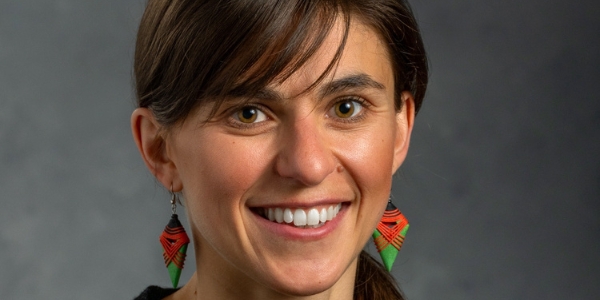A new model links mate selection to species survival
In a new paper published in Ecology Letters, Michigan State University evolutionary biologist Janette Boughman shows that the process of choosing a mate could be very important to the survival of the species. To do this, she and co-author Maria Servedio introduce a new theoretical model they coin “The Ecological Stage.”

“It is great to be published in Ecology Letters because it reaches a large audience of ecologically minded evolutionary biologists and evolutionary minded ecologists,” said Boughman, professor in the department of Department of Integrative Biology in the MSU College of Natural Science. “Our model appeals to both theoreticians and empiricists. I’m hoping this model will help those who are trying to find out if sexual selection is helping speciation or hindering it, and to answer why it is working in one system and not in another.”
Mate selection and male display traits have been studied before, but no previous speciation model could fully explain why males have such diverse displays (e.g., bright plumes on birds or striking colors on fish) and why females are attracted to males with distinctly different displays. Boughman believed answering these questions could be evolutionarily significant to the concept of speciation, the formation of new species. She teamed up with Servedio, a theoretician from the University of North Carolina, to build and test a new model.
“I’m mostly an empiricist, so I like my theory to be grounded in reality,” Boughman said. “The way this model is constructed with two environments for the different traits and two for female preferences, is a bit more complex and more biologically realistic than what has been done.”
Read more at NatSci



